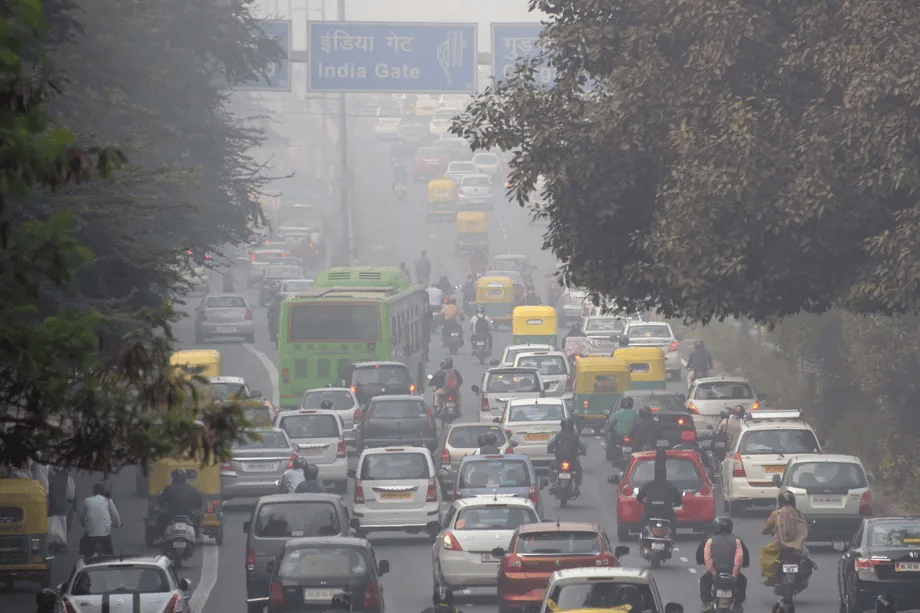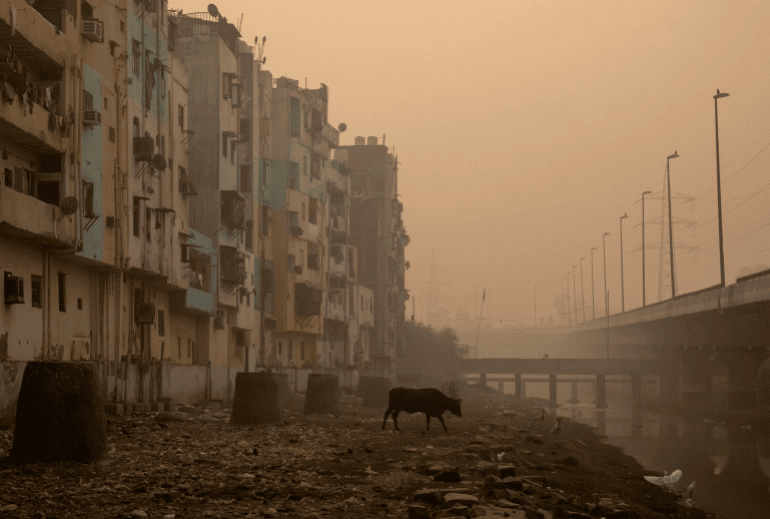10 Most Polluted Cities In India
- Constant Tedder
- Oct 11, 2022
- 3 min read
For Indian citizens, air pollution has grown to be one of the nation’s most pressing environmental issues. The World Air Quality Report 2021 revealed up to 35 of the 50 cities with the poorest air quality were located in the Asian nation. In this article, we take a look at the 10 most polluted cities in India and investigate the sources behind such high levels of CO2 in the country.
—
One of the most severe causes of health problems that the majority of Indians will experience in 2022 is air pollution. A study based on data from 2016 estimates that at least 140 million Indians breathe air that is 10 times more polluted than the World Health Organization’s (WHO) safe level.
Skin and eye irritation, severe neurological, cardiovascular, and respiratory disorders, asthma, bronchitis, lung capacity loss, emphysema, cancer, and higher mortality rates are only a few of the negative effects of air pollution. Around 4.2 million people each year die as a result of outdoor air pollution worldwide.

New Delhi, India, under heavy smog on November 14, 2017. Dominique Faget/AFP/Getty Images.
10 Most Polluted Cities In India
These cities have PM2.5 concentrations that are over 10-15 times higher than the WHO limit of 0-5 g/m3. Here is a list of the 10 most polluted cities in India in 2021 according to particulate matter (PM 2.5) levels.
Bhiwadi (annual PM2.5 of 106.2 μg/m3)
Ghaziabad (annual PM2.5 of 102 μg/m3)
Delhi (annual PM2.5 of 96.4 μg/m3)
Jaunpur (annual PM2.5 of 95.3 μg/m3)
Noida (annual PM2.5 of 91.4 μg/m3)
Bagpat (annual PM2.5 of 89.1 μg/m3)
Hisar (annual PM2.5 of 89 μg/m3)
Faridabad (annual PM2.5 of 88.9 μg/m3)
Greater Noida (annual PM2.5 of 87.5 μg/m3)
Rohtak (annual PM2.5 of 86.9 μg/m3)
Why India’s Air Is So Polluted
Industrial pollutants account for nearly 51% of the air pollution in India, followed by crop burning (13%), driving (27%), using fireworks (5%), thermal power plants, construction dust, waste burning, and the use of cheap and unclean fuels like wood and cow dung for cooking by millions of low-income households.

A residential area is seen shrouded in smog in New Delhi on Monday. Danish Siddiqui/Reuters.
Additionally, due to crop burning, the pollution gets even worse in October and November. Following the harvest, millions of farmers in the states of Punjab and Haryana burn the leftover rice stubble as a cheap way to get rid of the otherwise useless straw. Crop burning is estimated to be responsible for up to 42% of the particulate matter in the air of Delhi. During these months in particular, PM2.5 and PM10 in the state of Haryana increased to levels that are 2-3 times higher than the National Ambient Air Quality Standard guidelines. The prevalence of respiratory infections among people of all ages is also significantly higher in this season compared to the rest of the year.
You might also like: 5 Biggest Environmental Issues in India in 2022
How Air Pollution Affects People’s Daily Lives
Severe lung abnormalities are prevalent in more than two million children. Half of them live in Delhi. One of the most prevalent concerns affecting Indians is asthma, which is responsible for more than half of the health problems brought on by air pollution. Ambient air pollution exacerbates heart and lung diseases as well as bronchitis, asthma, and lung cancer and in 2019 alone, it contributed to 1.6 million fatalities.

Indian schoolchildren cover their faces as they walk to school amid heavy smog in New Delhi on November 8, 2017. Sajjad Hussain/AFP/Getty Images.
More than 400,000 people have died in India as a result of COVID-19, a disease for which those who already have heart or lung problems are particularly at risk. Although there is no real connection between air pollution and COVID-19, there is undeniable evidence that shows that exposure to high levels of air pollution during the winter months is associated with an elevated risk of heart and lung diseases.
What India Is Doing To Address The Problem
The implementation of Bharat stage (BS) VI is a significant move taken by the Indian government to reduce emissions from vehicles. BS norms are emission standards that assist in regulating air pollution and emissions from internal combustion engine vehicles.The level of sulphur dioxide has decreased as a result of this new clean fuel standard. Aside from that, each state’s government has also enacted rigorous car emission standards, improved dust management, and severe fines for trash burning.
If you liked this article, you might also enjoy: 15 Most Polluted Cities in the US




Comments